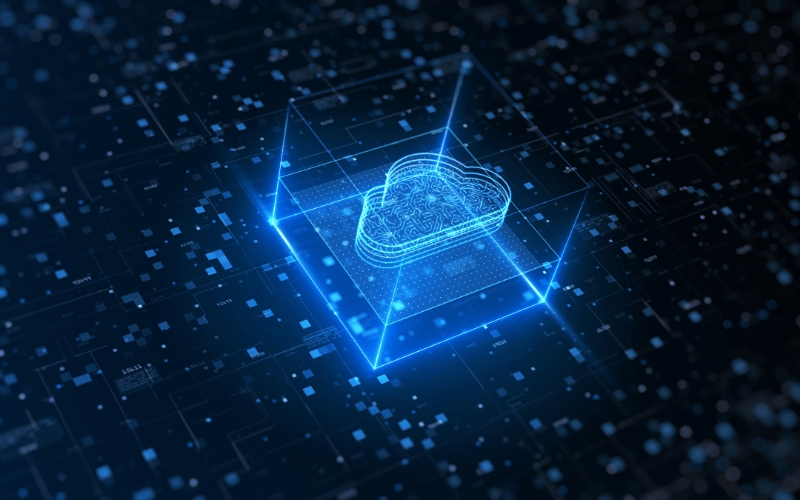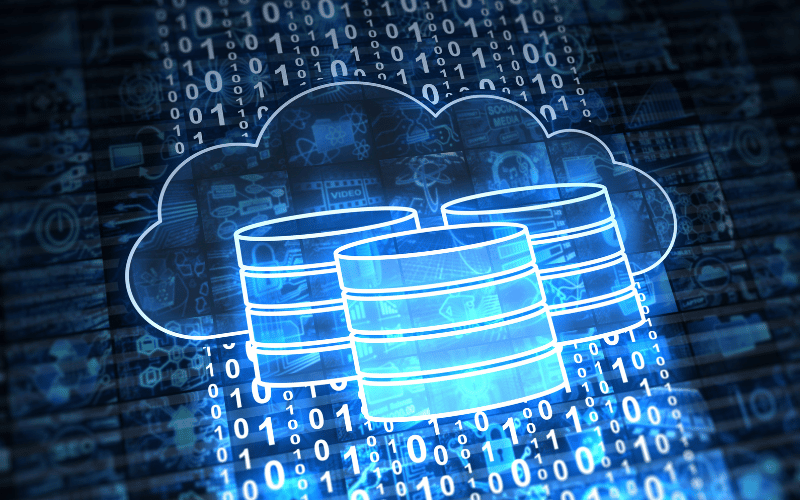Combating Unauthorized Network Access: The Crucial Role of Radius Server Wi-Fi Authentication
Robust network access control has never been more critical. Unauthorized access to networks can lead to a myriad of issues, from data breaches to network disruptions. One of the key tools in combating unauthorized network access is the Radius server for Wi-Fi authentication. This powerful solution plays a crucial role in ensuring that only authorized users and devices can connect to a network, providing an additional layer of security that is essential in today's digital world.
How to setup a RADIUS server for wireless authentication?
Embarking on the journey of setting up a RADIUS server for wireless authentication heralds a pivotal step toward fortifying your network's defenses against the ever-present threat of unauthorized access. The process, while intricate, can be navigated with precision and strategic foresight, ensuring a seamless integration into your network infrastructure that champions security and operational excellence.
Initiating this venture requires selecting a RADIUS server solution that aligns with your organizational needs and security objectives. Whether opting for an on-premises deployment or a cloud-based service, the choice must reflect your network's scale, complexity, and specific security requirements. Following this decision, the installation and configuration phase beckons, a task that demands meticulous attention to detail and adherence to security best practices.
Configuration of your RADIUS server is a multifaceted endeavor, starting with the establishment of policies that dictate how users and devices will be authenticated. This phase involves defining user credentials and setting up authentication protocols that your RADIUS server will utilize, ensuring a robust security framework that can adeptly manage access requests. Integration with your existing network infrastructure is paramount, as it guarantees that authentication processes are streamlined and effective, with minimal disruption to user experience.
Leveraging the capabilities of your RADIUS server entails the meticulous configuration of network access devices, including wireless access points and switches, to communicate with the RADIUS server. This critical step ensures that when a device attempts to connect to the Wi-Fi network, the access point defers authentication to the RADIUS server, creating a centralized and secure authentication mechanism.
Throughout this setup process, it is crucial to conduct rigorous testing to validate the configuration and ensure the RADIUS server is performing as intended. This testing phase is invaluable, as it uncovers any potential issues that could compromise network security or impede user access, allowing for adjustments before full-scale deployment.
The endeavor to set up a
, while demanding, equips your network with a formidable shield against unauthorized access. It is a testament to the proactive stance in safeguarding digital assets, embodying the forward-thinking and authoritative approach necessary in today's cybersecurity landscape. Through careful planning, precise execution, and ongoing management, your RADIUS server will serve as a cornerstone of your network's security strategy, embodying the resilience and vigilance required to navigate the complexities of the digital age.
What form of wireless can use a RADIUS server to authenticate a wireless client?
The digital realm is a complex tapestry of connectivity, where various forms of wireless communication stitch together the fabric of our daily operations. In this intricate network, security stands as the paramount concern, necessitating stringent measures to safeguard against the incessant threat of unauthorized access. A RADIUS server emerges as a sentinel in this landscape, versatile in its capability to authenticate wireless clients across a spectrum of wireless networks.
The deployment of a RADIUS server transcends the traditional confines of Wi-Fi, extending its protective embrace to Bluetooth and cellular networks. Such breadth of application underscores the server's adaptability and its critical role in fortifying network security. Wi-Fi, however, remains the predominant arena where the prowess of RADIUS server authentication is most visibly demonstrated. Given its ubiquitous presence in corporate environments and its role as the primary conduit for device connectivity, Wi-Fi networks are inherently susceptible to security breaches. Herein lies the significance of the RADIUS server – it acts as the gatekeeper, ensuring that every device seeking connection is meticulously authenticated, thereby mitigating potential threats poised by unauthorized entities.
By harnessing the RADIUS server for authentication, organizations can weave a more secure network fabric, one that diligently scrutinizes every access request, thereby preserving the sanctity of sensitive data and resources. This level of security is not just a mechanism; it is a strategic imperative for the modern digital enterprise, reflecting a commitment to safeguarding the digital ecosystem against the pervasive risks that loom within and beyond the parameters of Wi-Fi connectivity.
In this era where the demarcation between physical and digital spaces blurs, and the reliance on wireless networks intensifies, the RADIUS server stands as a beacon of security. It embodies the advanced fortifications necessary to navigate the cyber terrain with confidence, ensuring that each form of wireless communication — be it Wi-Fi, Bluetooth, or cellular — is under the vigilant watch of authentication protocols. This multifaceted capability not only enhances the security fabric of organizations but also propels them forward in their journey towards achieving a secure, connected future.
Which version of WPA2 requires a RADIUS server for authentication?
Navigating the intricacies of Wi-Fi network security, it becomes imperative to discern the operational modes offered by WPA2, a cornerstone in safeguarding wireless communication. WPA2 stands as the beacon of security protocols, evolved through iterations to meet the growing demands of digital safety. Within its framework, two distinct modes of operation emerge: Personal (PSK) and Enterprise. The divergence between these pathways lies not merely in their naming but in the foundational approach to authentication they advocate.
Personal mode, with its reliance on a pre-shared key, offers a semblance of security suitable for smaller networks or home use, where simplicity and ease of setup are paramount. However, for organizations that navigate the tempestuous waters of cybersecurity, where the stakes are elevated, and the threats more sophisticated, WPA2 Enterprise mode stands as the bulwark against unauthorized incursions. This mode transcends the limitations of shared keys, introducing the necessity for a RADIUS server to meticulously authenticate each user. The invocation of a RADIUS server within this context is not merely a preference but a strategic imperative that catapults network security into a realm of heightened vigilance and control.
WPA2 Enterprise, by design, is architected to synergize with the capabilities of a RADIUS server, crafting a security landscape where every authentication request is a subject of rigorous scrutiny. This mode's essence lies in its ability to individualize user access, creating a dynamic environment where each connection is authenticated, and accountability is the cornerstone of access control. Such a system is invaluable in contexts where security cannot be compromised, ensuring that only authorized users can navigate the digital ecosystem of an organization.
In this era of cybersecurity, where threats evolve with daunting velocity, the choice of WPA2 Enterprise, coupled with the robust authentication framework provided by a RADIUS server, is not merely an option but a fundamental necessity. It is a testament to an organization's commitment to safeguarding its digital frontiers, ensuring that their network remains impervious to the vulnerabilities that lurk within the shadows of wireless communication.
What are the RADIUS authentication methods?
In the crucible of network security, the RADIUS server emerges as a stalwart guardian, armed with an arsenal of authentication methods designed to fortify the digital bastions against unauthorized intrusions. These authentication protocols are the bedrock upon which the sanctity of network access is preserved, each tailored to meet the diverse and evolving security landscapes of modern organizations. At the heart of RADIUS authentication lies the Password Authentication Protocol (PAP), a method that, despite its simplicity and lack of encryption, serves as a foundational layer for verifying user credentials. While PAP may appear rudimentary, it is crucial in environments where compatibility and straightforward implementation are paramount. Elevating the security paradigm, the Challenge-Handshake Authentication Protocol (CHAP) introduces a more dynamic mechanism. By generating a unique challenge for each authentication attempt, CHAP mitigates the risk of replay attacks, ensuring that credentials are not compromised even if intercepted. This method exemplifies the strategic evolution of authentication techniques to counteract the ingenuity of cyber adversaries. Further refining the authentication landscape, Microsoft’s Challenge-Handshake Authentication Protocol (MS-CHAP) offers enhancements tailored to Windows environments, providing a blend of security and integration that is indispensable in enterprise settings dominated by Microsoft infrastructure. The pinnacle of RADIUS authentication methods is embodied in the Extensible Authentication Protocol (EAP). This protocol is a beacon of versatility and strength, supporting a wide array of more secure and sophisticated authentication mechanisms. EAP's extensibility enables it to encapsulate other authentication methods, such as EAP-TLS, which leverages certificates for mutual authentication, ensuring an unparalleled level of security and trust between the user and the network. Each of these authentication methods serves as a testament to the adaptability and resilience of RADIUS servers in the face of the ever-evolving threat landscape. By judiciously selecting and implementing the appropriate authentication protocols, organizations can sculpt a robust security posture that not only deters but actively repels unauthorized access, safeguarding the digital realms they preside over. This strategic orchestration of authentication methods underscores the commitment to a secure, interconnected future, where the integrity of network access remains inviolate.








